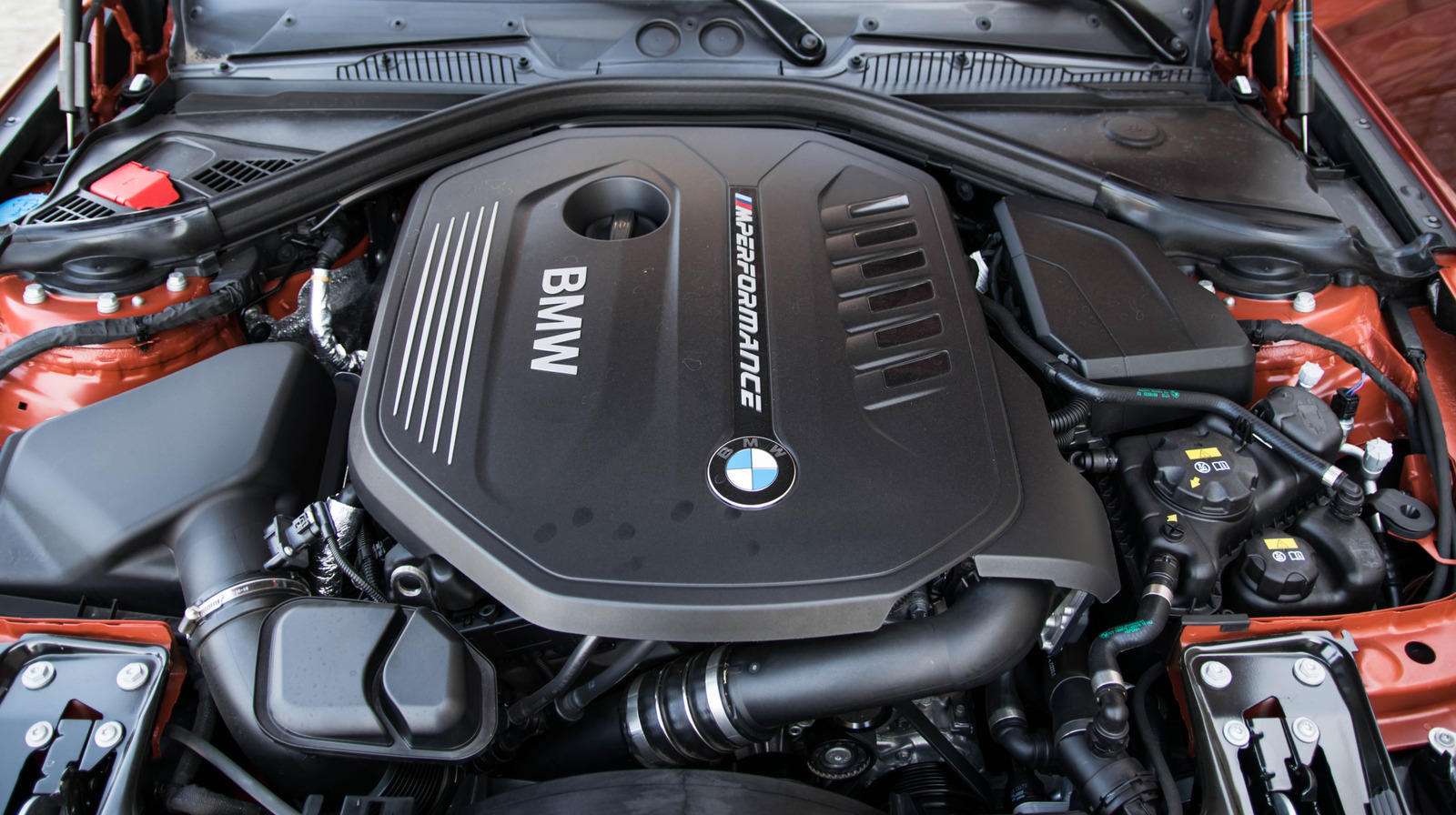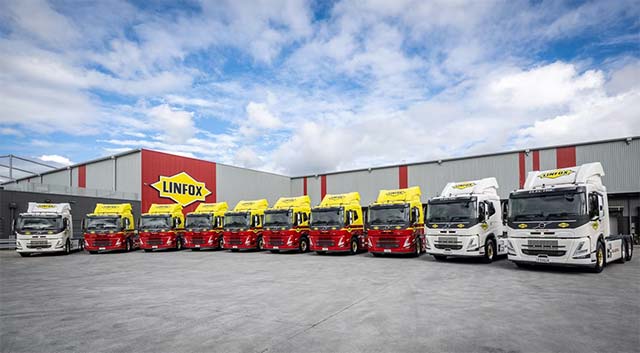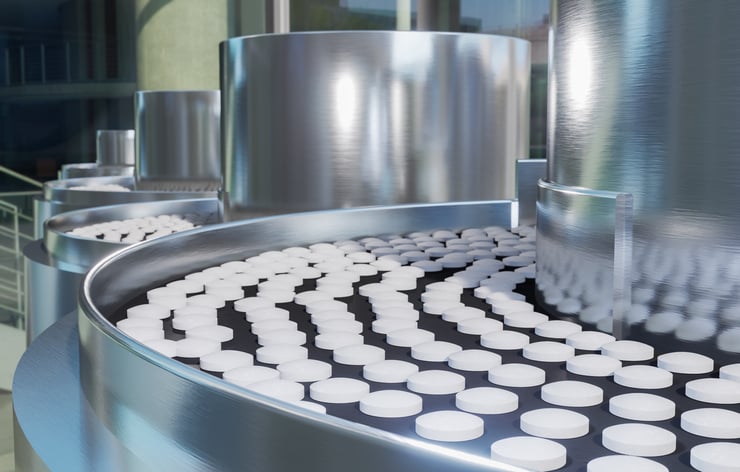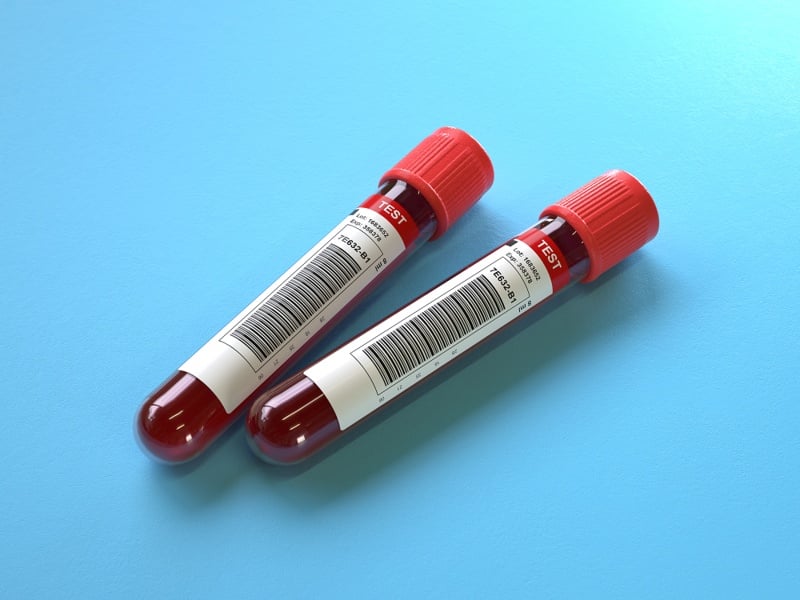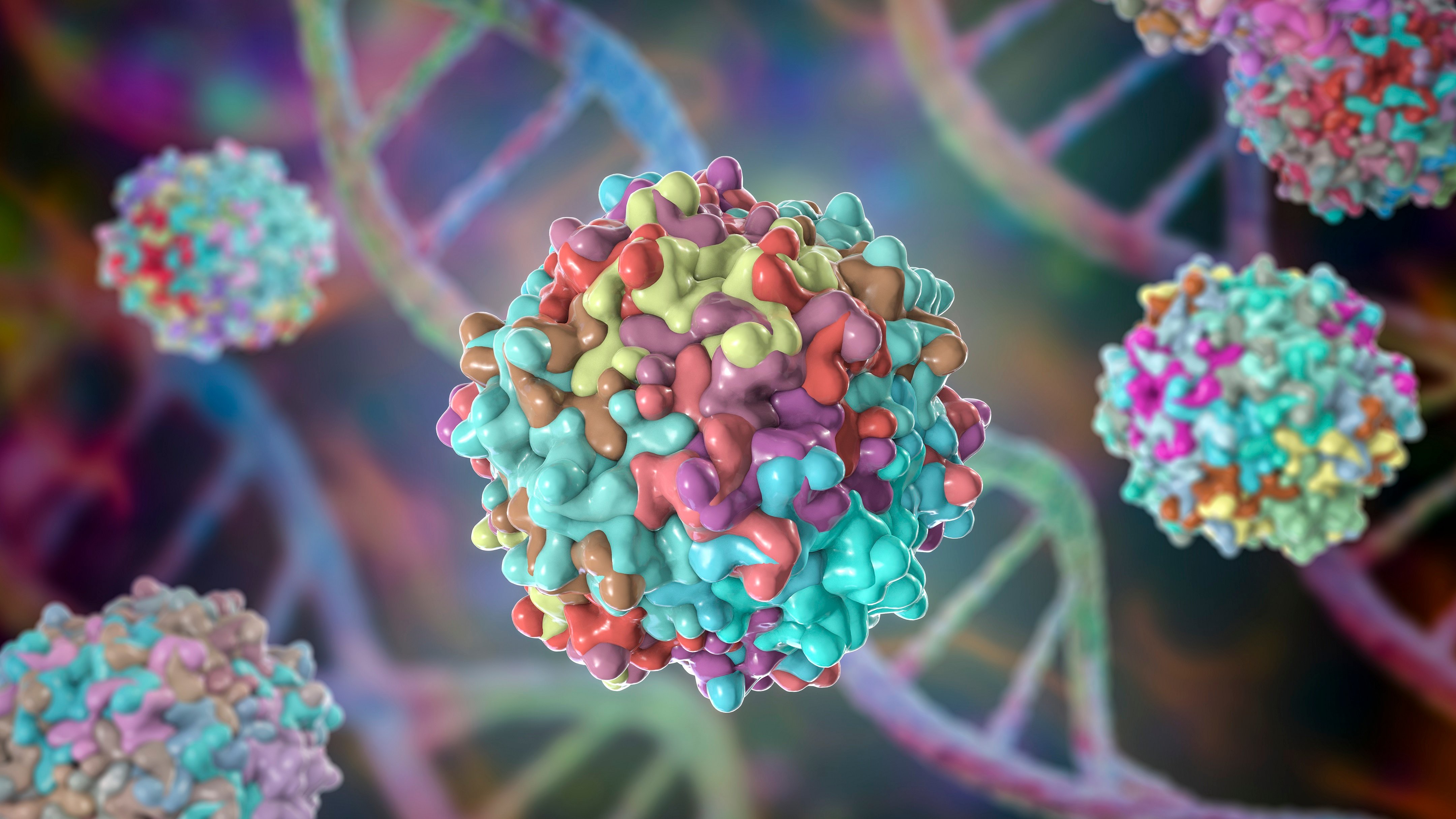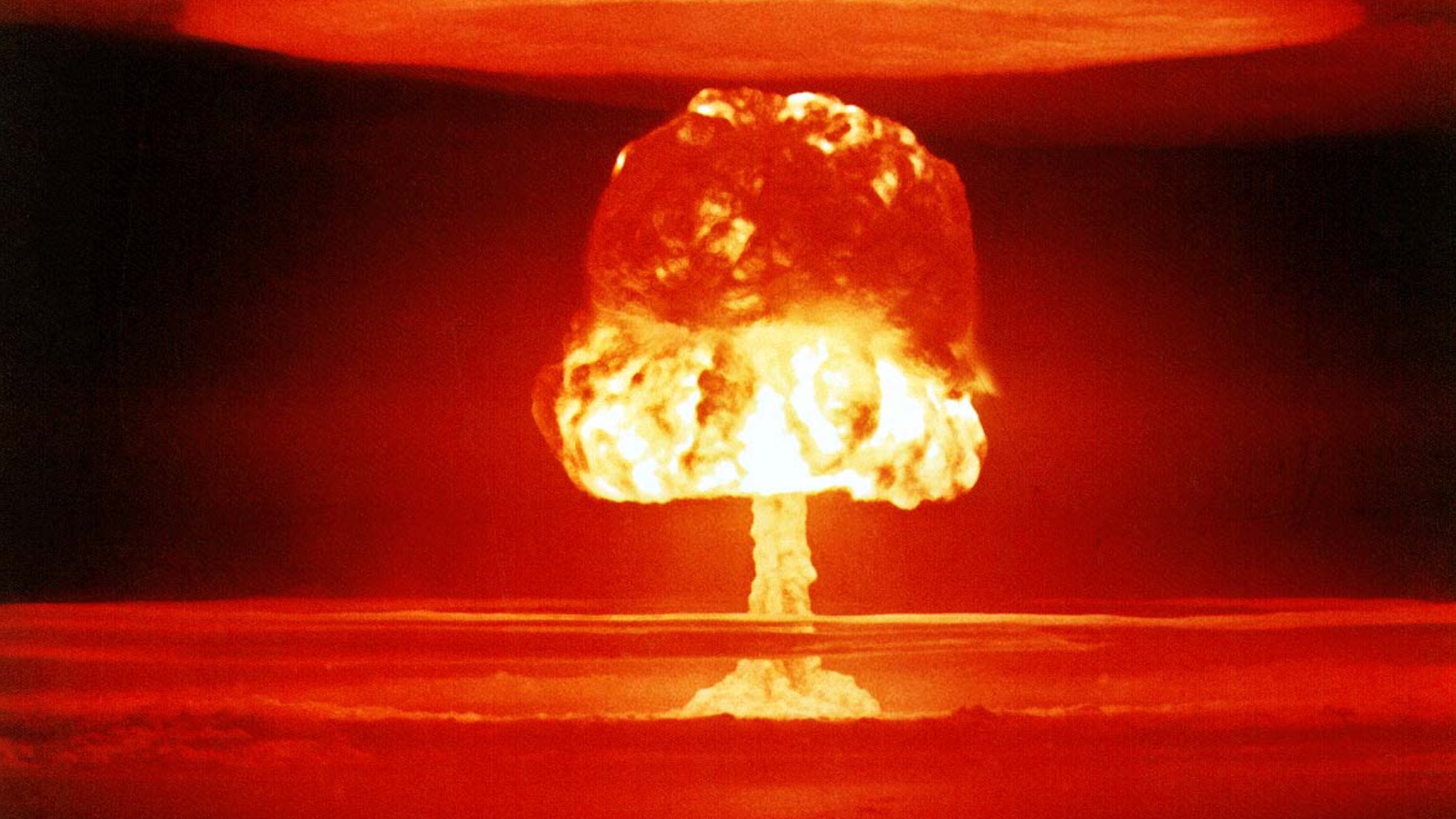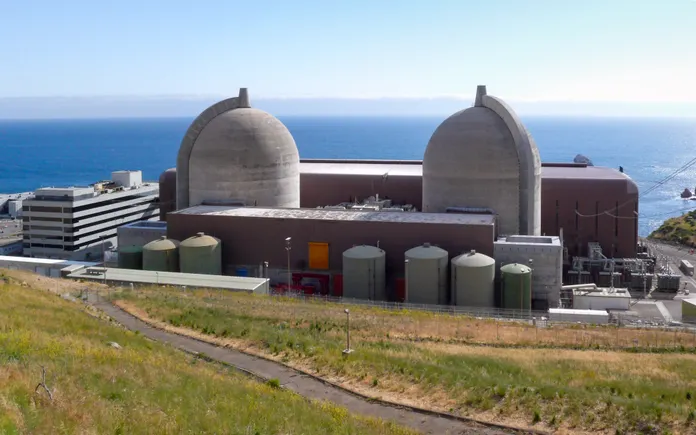Low‐Temperature Synthesis of Battery Grade Graphite: Mechanistic Insights, Electrochemical Performance, and Techno‐Economic Prospects
Advanced Energy Materials, EarlyView.

Graphite is an irreplaceable anode material for lithium-ion batteries. The catalytic graphitization presents a more cost-effective and sustainable method for producing battery-grade graphite. Catalytic graphite (CTG) delivers enhanced rate capability and stability, along with significant technoeconomic advantages over synthetic graphite (SG).
Abstract
Graphite is an irreplaceable anode for Lithium-ion batteries (LIBs) at status quo, and its demand will soar amid the supply chain and sustainability concerns of natural graphite (NG) and synthetic graphite (SG). Herein, LIB-grade graphite is produced using a less energy-intensive catalytic graphitization process. This work explores the catalytic graphite (CTG) growth mechanism, the impact of graphitization conditions on the degree of graphitization, aspects of developing high-rate graphite anodes, upscaling strategies, and techno-economic prospects. Operando thermal X-ray diffractograms reveal that the CTG forms through carbon dissoluton in nickel and its subsequent segregation as graphite and nickel. CTG synthesized between 1100 and 1500 °C shows porous flaky morphology, with higher temperatures favoring superior graphitization and carbon purity. The growth of graphitic domains governs the electrochemical performance of CTG. CTG 1100 shows hard carbon-like Li+ ion storage, while CTG 1300 and CTG 1500 form graphite intercalation compounds owing to the larger graphitic crystallites. Pitch-derived soft carbon coating onto CTG 1500 enhances its high-rate capability compared to commercial graphite due to its intrinsic porosity. Improved electrochemical performance establishes CTG as a better alternative to NG and SG, and detailed techno-economic analysis affirms its scalability prospects.













